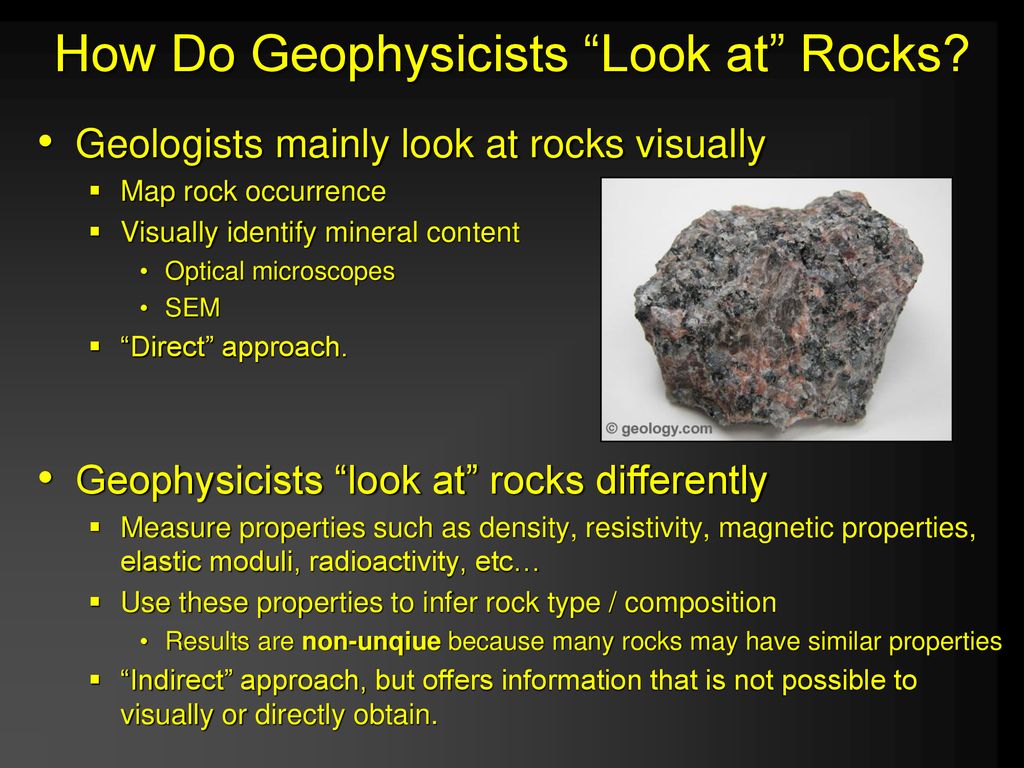All Categories
Featured
Table of Contents
- – Geophysical Surveys: Definition & Methods in ...
- – Bachelor's Degree In Geophysics - Degrees & ...
- – Geophysics in Woodlands Australia 2023
- – What Geophysicists Do in Wattle Grove Aus 2...
- – Geophysical Survey in East Cannington WA 2023
- – Geophysicist Job Description in Mindarie W...
- – Geophysical Exploration in Parmelia Wester...
Geophysical Surveys: Definition & Methods in Maida Vale Aus 2022
(2004 ). 2011. 2011.
Bozorgnia, Yousef; Bertero, Vitelmo V. (2004 ).; Grenier, Emmanuel (2006 ). Mathematical geophysics: an introduction to rotating fluids and the Navier-Stokes formulas.
( 2001 ). Dynamic Earth: Plates, Plumes and Mantle Convection. Cambridge University Press. ISBN 0-521-59067-1. Dewey, James; Byerly, Perry (1969 ). "The Early History of Seismometry (to 1900)". Publication of the Seismological Society of America. 59 (1 ): 183227. Archived from the original on 23 November 2011. Defense Mapping Company (1984 ). (Technical report).
Bachelor's Degree In Geophysics - Degrees & Programs in Carlisle Australia 2021
TR 80-003. Retrieved 30 September 2011. Eratosthenes (2010 ). Eratosthenes' "Location". Fragments collected and translated, with commentary and extra material by Duane W. Roller. Princeton University Press. ISBN 978-0-691-14267-8. Fowler, C.M.R. (2005 ). (2 ed.). Cambridge University Press. ISBN 0-521-89307-0. "GRACE: Gravity Recovery and Climate Experiment". University of Texas at Austin Center for Space Research.
Retrieved 30 September 2011. Retrieved 30 September 2011.:10.
Geophysics in Woodlands Australia 2023
Lowrie, William (2004 ). Merrill, Ronald T.; Mc, Elhinny, Michael W.; Mc, Fadden, Phillip L. (1998 ). International Geophysics Series.
They likewise research changes in its resources to supply assistance in conference human needs, such as for water, and to predict geological risks and threats. Geoscientists utilize a range of tools in their work. In the field, they might utilize a hammer and sculpt to gather rock samples or ground-penetrating radar equipment to browse for minerals.
They likewise may use remote noticing equipment to gather data, as well as geographical info systems (GIS) and modeling software application to analyze the information gathered. Geoscientists may monitor the work of professionals and coordinate deal with other scientists, both in the field and in the laboratory. As geological obstacles increase, geoscientists may choose to work as generalists.
What Geophysicists Do in Wattle Grove Aus 2021
The following are examples of kinds of geoscientists: geologists study how repercussions of human activity, such as contamination and waste management, impact the quality of the Earth's air, soil, and water. They also might work to solve problems associated with natural risks, such as flooding and erosion. study the materials, processes, and history of the Earth.
There are subgroups of geologists as well, such as stratigraphers, who study stratified rock, and mineralogists, who study the structure and composition of minerals. study the motion and circulation of ocean waters; the physical and chemical residential or commercial properties of the oceans; and the ways these properties impact coastal areas, environment, and weather.
They also research study changes in its resources to provide assistance in meeting human needs, such as for water, and to predict geological threats and dangers. Geoscientists use a variety of tools in their work. In the field, they might utilize a hammer and sculpt to collect rock samples or ground-penetrating radar equipment to browse for minerals.
Geophysical Survey in East Cannington WA 2023


They likewise might use remote picking up devices to gather information, as well as geographical info systems (GIS) and modeling software application to evaluate the data collected. Geoscientists may monitor the work of technicians and coordinate work with other scientists, both in the field and in the laboratory. As geological difficulties increase, geoscientists might opt to work as generalists.
The following are examples of kinds of geoscientists: geologists study how effects of human activity, such as pollution and waste management, affect the quality of the Earth's air, soil, and water. They also might work to resolve problems associated with natural threats, such as flooding and disintegration. study the materials, procedures, and history of the Earth.
There are subgroups of geologists also, such as stratigraphers, who study stratified rock, and mineralogists, who study the structure and composition of minerals. study the movement and circulation of ocean waters; the physical and chemical properties of the oceans; and the ways these properties impact seaside locations, climate, and weather condition.
Geophysicist Job Description in Mindarie Western Australia 2022
They likewise research changes in its resources to provide assistance in conference human needs, such as for water, and to predict geological threats and dangers. Geoscientists utilize a variety of tools in their work. In the field, they might utilize a hammer and chisel to collect rock samples or ground-penetrating radar equipment to look for minerals.
They also might utilize remote picking up equipment to collect information, in addition to geographic details systems (GIS) and modeling software application to examine the data gathered. Geoscientists may supervise the work of specialists and coordinate work with other scientists, both in the field and in the lab. As geological obstacles increase, geoscientists may opt to work as generalists.
The following are examples of kinds of geoscientists: geologists study how effects of human activity, such as pollution and waste management, impact the quality of the Earth's air, soil, and water. They also might work to fix problems connected with natural risks, such as flooding and disintegration. study the products, processes, and history of the Earth.
Geophysical Exploration in Parmelia Western Australia 2022
There are subgroups of geologists also, such as stratigraphers, who study stratified rock, and mineralogists, who study the structure and composition of minerals. study the motion and circulation of ocean waters; the physical and chemical homes of the oceans; and the methods these residential or commercial properties affect seaside locations, environment, and weather.
Table of Contents
- – Geophysical Surveys: Definition & Methods in ...
- – Bachelor's Degree In Geophysics - Degrees & ...
- – Geophysics in Woodlands Australia 2023
- – What Geophysicists Do in Wattle Grove Aus 2...
- – Geophysical Survey in East Cannington WA 2023
- – Geophysicist Job Description in Mindarie W...
- – Geophysical Exploration in Parmelia Wester...
Latest Posts
Geophysical Survey Methods in Champion Aus 2021
Geophysical Survey - Salisbury Archaeology in Hocking Australia 2021
What Can I Do With A Major In Geophysics? in Carine Australia 2023
More
Latest Posts
Geophysical Survey Methods in Champion Aus 2021
Geophysical Survey - Salisbury Archaeology in Hocking Australia 2021
What Can I Do With A Major In Geophysics? in Carine Australia 2023